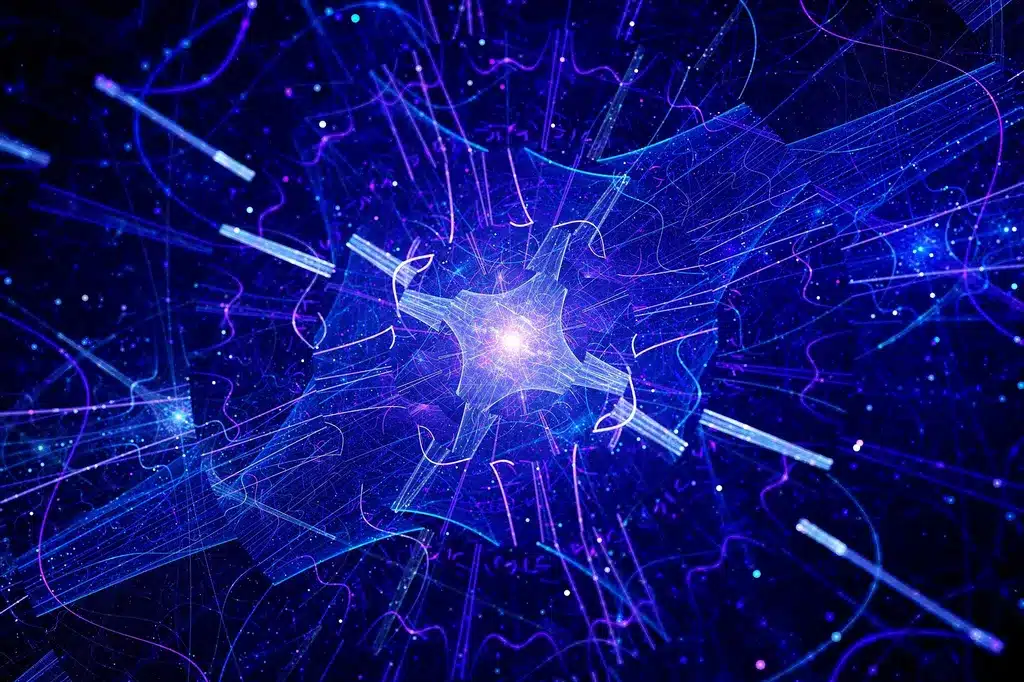The researchers successfully used the time crystal to create a protective ‘safe house’ for the GHZ state, achieving a more stable configuration of 36 qubits.
Researchers from the University of Chinese Academy of Sciences have made a significant stride in quantum computing by using a discrete time crystal to increase the stability of quantum states within a quantum computer. The study focuses on the stabilisation of the Greenberger-Horne-Zeilinger (GHZ) state, a key quantum state representing the entanglement of multiple qubits, which are the quantum analogs of classical computing bits.
The concept of time crystals, first theorised by Nobel laureate Frank Wilczek in 2012, suggests a state of matter that oscillates between two configurations without any energy input, challenging traditional understandings of physics. Despite initial scepticism, time crystals have been experimentally realised in various settings, including within quantum computers. These entities exhibit a consistent oscillation pattern over time, contrasting with the spatial arrangement seen in conventional crystals.

In their experiment, the team employed a discrete time crystal to act as a control mechanism to protect GHZ states in their quantum computer, which uses superconducting circuits as qubits. GHZ states are pivotal for advancing quantum physics and enhancing quantum computing and communication, but their stability decreases as more qubits are entangled. The researchers successfully used the time crystal to create a protective ‘safe house’ for the GHZ state, achieving a more stable configuration of 36 qubits.
By applying microwave pulses to the qubits, they not only induced the formation of a time crystal but also reduced disturbances that could destabilise the GHZ state. This method represents the first practical application of a discrete time crystal, according to Biao Huang of the Kavli Institute for Theoretical Sciences at the University of Chinese Academy of Sciences.
This research demonstrates the potential for using time crystals and other quantum phenomena in practical applications, opening new pathways for stabilising complex quantum states and further exploring the capabilities of quantum computing.






